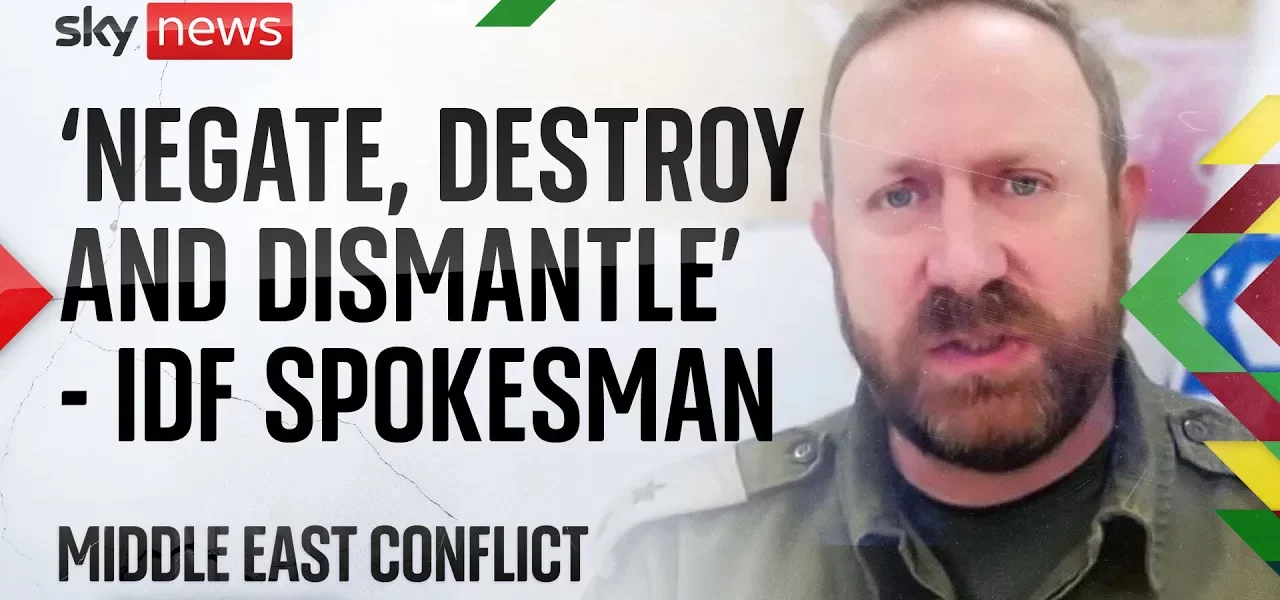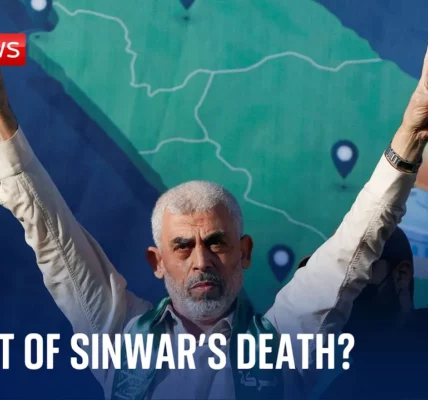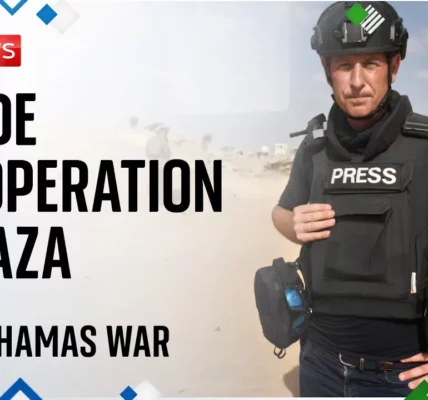In-Depth Analysis of the Current Military Situation Between Israel and Hezbollah

This article delves into the ongoing military conflict between Israel and Hezbollah, highlighting key events, military strategies, and the implications for civilians. As tensions escalate, understanding the context and the responses from both sides is crucial for grasping the situation’s complexities.
Introduction
The ongoing military engagement between Israel and Hezbollah has escalated significantly in recent months, particularly following the October 7th attacks that caught Israel off guard. This article aims to provide a comprehensive overview of the situation, discussing the military strategies employed by both sides, the humanitarian impact, and the broader implications for regional stability. The Israeli Defense Forces (IDF) have recently reported increased hostilities, including rocket fire reaching central Israel, prompting a reassessment of security measures and military tactics.
Recent Developments in the Conflict
In the last hour, reports from the IDF indicated a resurgence of hostilities, with Hezbollah launching projectiles into central Israel. This situation has led to increased civilian injuries and heightened alerts across the region. Here are some key points regarding the recent escalation:
- There has been at least one civilian injury reported from a rocket attack originating in Southern Lebanon.
- Sirens have sounded in central Israel, indicating the need for heightened awareness among the civilian population.
- The IDF has launched a strategic offensive aimed at targeting Hezbollah positions that threaten Israeli security.
Military Strategy and Response
Operational Goals
The IDF has articulated its operational goals as focused, localized, and targeted. The intent is to dismantle Hezbollah’s operational infrastructure along the border, which has been described as a significant threat. This infrastructure includes:
- Staging grounds for Hezbollah fighters.
- Weapon caches, including cruise missiles and precision-guided munitions.
- Tunnels that facilitate infiltration into Israeli territory.
Historical Context and Comparisons
Reflecting on past conflicts, notably the 2006 war, the IDF emphasizes the need for a different approach this time around. The lessons learned from previous engagements have shaped current military operations:
- The recognition that Hezbollah is significantly more capable than Hamas, necessitating a more robust response.
- An understanding of the civilian landscape in southern Lebanon, where Hezbollah has strategically positioned its assets.
- The commitment to adhering to international laws of armed conflict, aiming to minimize civilian casualties.
Civilian Impact and Safety Measures
Current Safety Protocols
In light of the escalating violence, the IDF has updated its guidelines for civilian safety. Key measures include:
- Restricting mass gatherings in public spaces to reduce potential casualties.
- Issuing warnings about the dangers of remaining in high-risk areas, particularly near the border.
- Encouraging civilians to be aware of their surroundings and to seek shelter during alerts.
The Humanitarian Crisis
As military operations intensify, the humanitarian implications cannot be overlooked. The ongoing conflict has resulted in:
- Displacement of civilians in northern Israel and southern Lebanon.
- Challenges in accessing medical care for those injured during attacks.
- Increased tension and fear among local populations, impacting daily life and community stability.
Conclusion
The conflict between Israel and Hezbollah remains a complex and evolving situation, marked by military engagements and significant humanitarian concerns. As both sides navigate this challenging landscape, the focus on minimizing civilian casualties while addressing legitimate security threats is paramount. It is imperative for the international community to remain engaged and advocate for peaceful resolutions to prevent further escalation. For those following this situation closely, staying informed through reliable sources is essential for understanding the developments as they unfold.
For more insights into military strategies and their implications, explore our articles on military strategies and the humanitarian impact of conflicts.
“`




